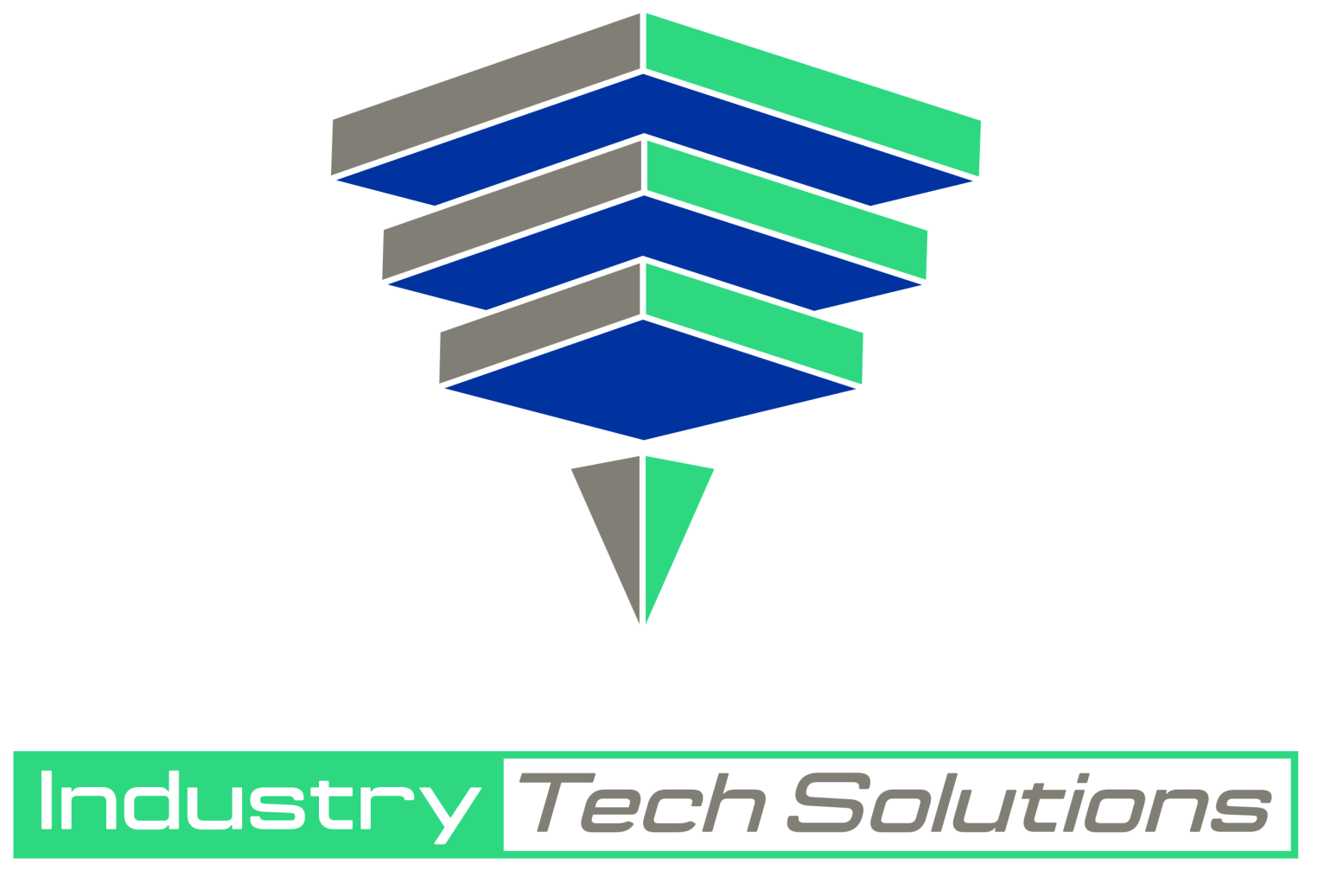Resources
Machine Vision
-
What is Machine Vision?
Machine vision is the use of computer technology and specialize industrial camera equipment to monitor and analyze objects via captured images. The vision system uses the analyzed images to measure, categorize, orient, pattern match or return a Go – NoGo decision. Machine vision is used in a wide range of industries, including industrial manufacturing, automotive manufacturing, food processing and pharmaceuticals, manufacturing automation, packaging automation.
The most common uses of machine vision are:
- Feature identification: using software tools and lighting to isolate the desired region of interest on a target object and return a value or decision
- Object detection and gauging: recognizing patterns or instances of a target correctly and measuring distances between features
- Process inspection optimization: utilizing software tool to capture an image and return a pass/fail quality inspection or count
- 3D vision inspection: a non-contact way to capture height or profile data of a target object
-
Vision Application Examples
Feature Identification
- locating areas of specific color, shape, and size
- identifying contours such as edges, holes, protrusions, and patterns
- reading data from barcodes or data matrix codes, optical character recognition (OCR), or optical character verification (OCV)
Object Detection and Gauging
- measuring distances between located features points or geometric locations on the object
- determine whether the measurements adhere to product specification
- signal to reject the object if gauging is out of tolerance
Many machine vision systems today can be configured to measure down to .01 mm accuracy possibly eliminating the need for traditional contact gauging entirely. I properly designed fixed camera system can provide quick 100% inspection on the assembly line before additional value added operations are performed on the component.
Process inspection optimization
Similar to gauging a part with a machine vision system it is also possible to optimize for other inspections too.
- Object positioning such as label or subassembly placement
- Identify surface flaws such as scratches, cracks, burrs, or improper coatings
- Identify presence of flash on injection molded parts
- Count items for inclusion in the final product such as customer pamphlets or loose packages components
3D vision inspection
3D vision inspection uses advanced lighting techniques such as structed light to generate accurate 3D height data for use in the inspection software. Advanced applications of this system can provide:
- Perpendicular feature height or length (eliminates the need for additional imaging angles to capture complex geometry
- Blind hole depth
- Assembly conformation
- 360-degree inspection from a single camera
-
What is OCR/OCV?
Optical Character Recognition (OCR) and Optical Character Verification (OCV) are software tools that allow extraction and recognition of textual data and characters in captured images.
OCR can identify letters, numbers and other symbols while OCV can verify that they have been accurately captured. There are many manufacturing use cases for both OCR and OCV such as inspecting a product before it is shipped to customers or checking the quality of the text on the manufacturing plant floor. Keyence OCR Cameras.

